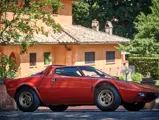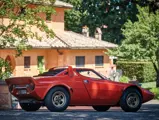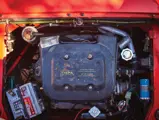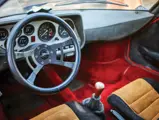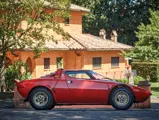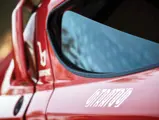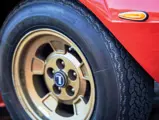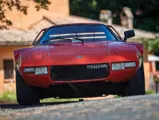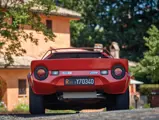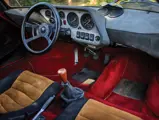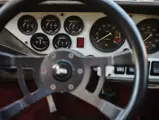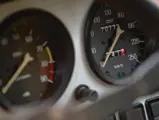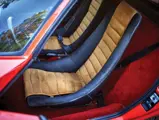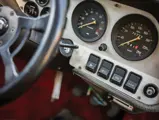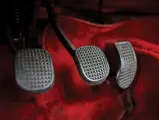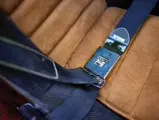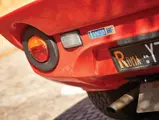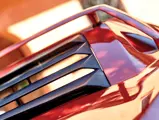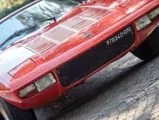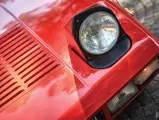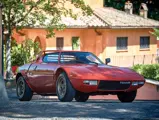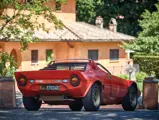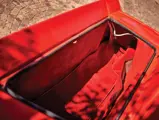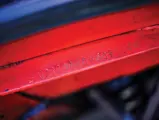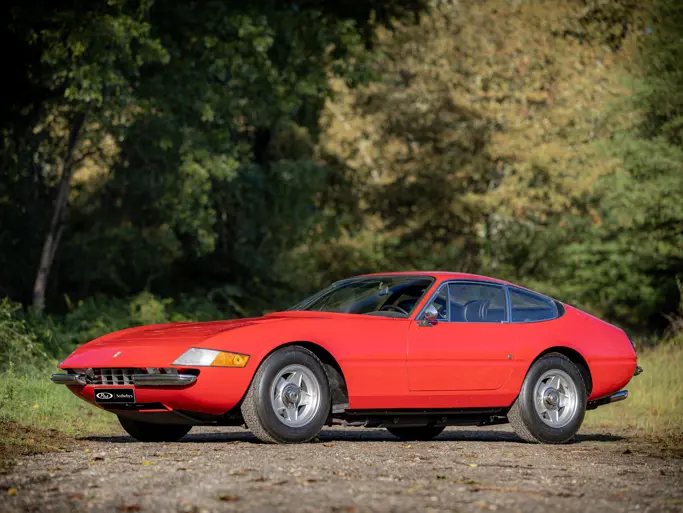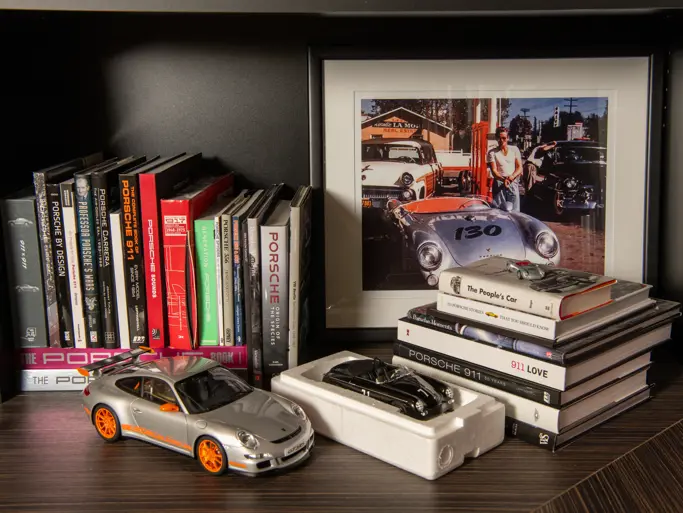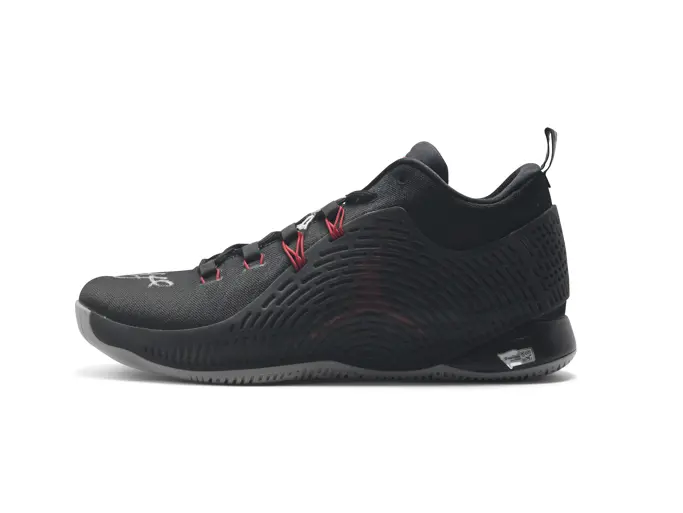London 2016
1971 Lancia Stratos HF Stradale by Bertone
{{lr.item.text}}
£308,000 GBP | Sold
 | London, United Kingdom
| London, United Kingdom
{{internetCurrentBid}}
{{internetTimeLeft}}

- Radical, advanced design by Marcello Gandini
- The 44th of fewer than 500 examples produced
- Two owners and approximately 70,000 original kilometres
- Highly original condition
192 bhp, 2,418 cc DOHC Dino V-6 engine with triple Weber 40 IDF carburettors, five-speed manual transmission, front and rear independent suspension with front coil springs and rear MacPherson struts, and four-wheel ventilated disc brakes. Wheelbase: 2,180 mm
Few competition cars can be said to have changed the face of their sport; the Lancia Stratos HF is one such car. Unlike earlier rally cars that were derived from manufacturers’ production models, the Stratos was designed from the outset to win rallies; its short wheelbase, wide track, and powerful Ferrari-built engine endowing it with incredible speed and staggering agility. It took a serious leap of faith on Lancia’s part to commit to building and selling 500 examples in order to homologate the car for FIA Group 4.
The Stratos HF was introduced to the public as a non-running prototype on the Bertone stand at the Turin Motor Show in November 1971. Following a year of intense development, in November 1972, the car made its competition debut on the Tour de Corse, running as a Group 5 prototype. It retired from the event with a rear suspension problem—an issue that resulted in a change from double wishbones to MacPherson struts at the rear. The following year saw the car’s first successes: 1st at the Firestone Rally, 2nd place finish at the Targa Florio, and a win at the Tour de France. In 1974, the Stratos took its first World Rally Championship, a feat it repeated in 1975. The Stratos’ remarkable competition career continued until its homologation expired at the end of 1982, with its final WRC victory coming at the 1981 Tour de Corse—nine years after its debut there.
Production was jointly accomplished by Bertone, who had worked closely on the car’s development, and Lancia themselves. Bertone built the body shell (scocca), which consisted of a central steel monocoque with a sheet steel front structure, a rear subframe of square steel tubes, and glass fibre front and rear “clamshells” and doors. Completed bodies were shipped to Lancia for final assembly. Lancia’s homologation paperwork indicated that production would begin on 1 July 1972 and promised to complete 500 examples within the mandated 24-month period ending on 31 July 1974. In fact, only two bodies were completed by the end of 1973, and only 183 were built in 1974. Nonetheless, homologation for Group 4 was confirmed on 1 October 1974. In all, Bertone’s records indicate that they built 502 body shells through 1975, but it is unclear how many Stratos were finally completed by Lancia. Sources differ, but 492 seems to be the consensus for total production.
The present example, body number 214, was completed at Bertone’s Grugliasco works on 25 June 1974, painted red-orange (colour code 2-464-171) with red carpets, “Havana” Alcantara seats, and black dashboard, door panels, and seat backs. Final assembly at Lancia was completed on 1 July 1974, with an invoice date of 9 July 1974, and it was assigned chassis number 001544.
The car was first registered on 8 July 1977 with number plate TO R05675, and it was driven about 20,000 kilometres over the subsequent three years. The car was acquired by its second owner on 18 June 1980, and on 25 May 1981, it was registered with a new number plate, Roma Y70340, which it still retains. The second owner added about 50,000 kilometres until 1984, since when it has been stored and only seldom driven. Chassis 001544 has never been raced nor had any accidents, and it remains, to this day, in remarkably original condition. The fragile seat bolsters have been recovered, retaining the original Havana inserts, but otherwise the car remains preserved essentially as it left the factory, including the original owner’s manual and tools.
The Stratos has recently been serviced and detailed, and it presents a rare opportunity to acquire a highly original and unmolested example of Lancia’s rally icon.

